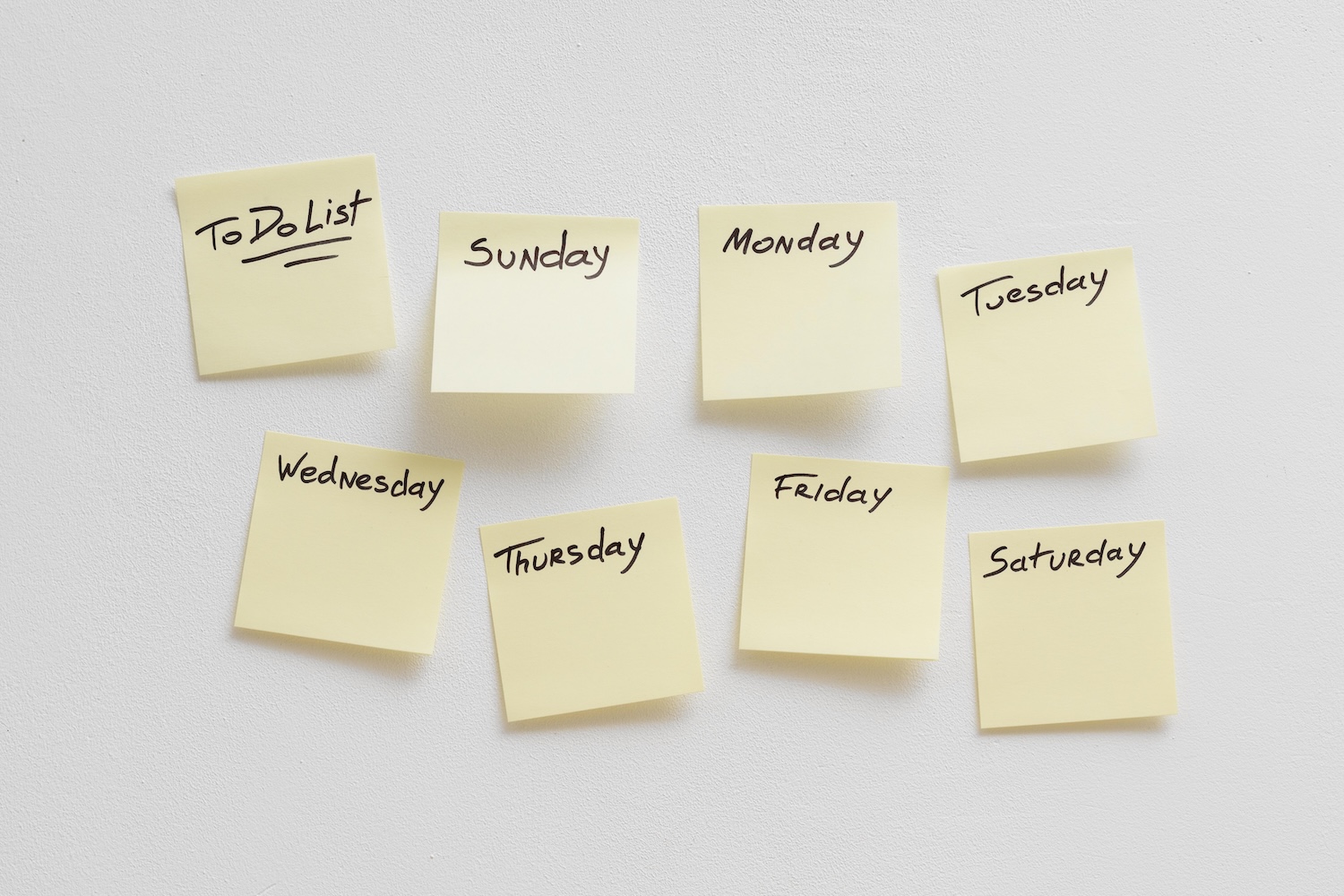The idea of a four-day workweek has been around for a while, but in recent years, other companies have been adopting it and it is becoming a hot topic among bloggers all over the world. Working only 4 days and having 3 days off is a dream for a group of workers, but employers who are not yet used to the benefits most likely would not see it the same way.
Efficiency should Not be equated with choosing the hours or days worked: they do not appear to be equivalent. However, in today’s international, many still believe that more hours suggest greater productivity.

In this article, we will explore why a four-day work week is an ideal schedule for creative and knowledge-focused companies. Typically, full-time jobs require 8-hour days or 40-hour weeks. With a four-day work week, the setup can also be a 32-hour week or 10-hour days for 4 days. Let’s analyze what this approach actually consists of.
Much much less time for the artistic approach Much much less time to waste
Additional hours of artistic work forever lead to additional distractions, as people seek injury from their routine. Overtime does not necessarily suggest additional efficiency. In truth, Imposing longer working hours on resourceful and competent staff can have a destructive effect.
Creativity and meaningful consideration cannot be pressured; they thrive in environments where freedom is a priority. Staff are not robots designed to work 8-12 hours a day, 5 days a week. It may seem counterintuitive, but on the other hand to get top-notch art and maximize every 2d of every 2d of work, employees should actually spend much less time on art.


Jason Fried of 37Signals (now Basecamp) has done this at his company. In line with him, “Superior artwork is completed in 4 days instead of 5.” She explained that just as summer vacations are actually helpful in breaking up the monotony of school, a shorter work week can similarly refresh adults who want to juggle more demanding tasks as they get older.
When people have enough time to devote to art, they always try to fill every single hour.. All the while, they seek distractions from the monotony of an ordinary art environment. A shorter work week would probably be just the thing needed to increase productivity, since there is much less time to waste.
Interestingly, in Sweden, officials have experimented with a 6-hour workday to increase workers’ happiness, productivity and overall intelligence.
More non-public time leads to a happier artistic environment
Imagine that you are a web style dressmaker tasked with creating 5 unique landing pages in a week. For many who love designing and are skilled, this may seem very easy. It is advisable to also work overtime to impress your employer.
Alternatively, no matter how skilled you are, if this pace continues for weeks or months, you will most likely feel really exhausted and mentally drained. Other people don’t need to spend almost their entire life making art..
The current setup in many companies includes one or two days off and a large amount of overtime during the work week. This causes employees to spend their free time catching up on sleep. While Western cultures forever glorify workaholism, in several Southeast Asian countries, working overtime suggests that employees are not friendly enough to finish their work on time.


Can you believe that employees are actually satisfied with having only one or two days of leisure, leaving little time for family, friends or themselves?
Let’s look at the broader symbol. Places in the world with shorter working hours have consistently had the happiest voters and their economies thrived. For example, Denmark, Norway, Switzerland, the Netherlands and Sweden were the Top 5 Countries With Perfect Happiness Levelsin line with the International Happiness File 2013.
The file highlighted that one of the main benefits of happiness is increased productivityOther benefits include increased life expectancy and reduced crime rates, as people are generally happier and more satisfied.
Coincidentally, these countries also have the shortest artistic working hours per week, in line with a 2013 Organisation for Monetary Co-operation and Development (OECD) paper. The Netherlands has the shortest affordable artistic working hours per week, at 29 hours for full-time salaried staff, followed by Denmark (33), Norway (33), Switzerland (35) and Sweden (36). In fact, Swedes work 143 hours fewer than Americans each year.
Great pleasure of the work of art Longer approach to the preservation of the work of art and skills
Why do people change jobs or careers? Most often it is because they are I am not satisfied with their artwork. Many of us have been there. Why did you allow your previous procedure? Maybe the salary was too low, or the artistic environment was terrible, on the other hand forever, it is because a better selection presented itself in different places.
The International Happiness File 2013 is helping the concept that happier employees are more collaborative AND help to strengthen the entire environment of the artwork.
If your company has a high turnover rate, you will probably need to find out about the main motivators of your employees, which will also very often be: protection, popularity, function and freedomA great starting point for understanding what motivates others is Maslow’s hierarchy of desires. Provide the 4 motivatorsand your employees will be happy and will most likely continue to work with you as long as their needs are met.


Furthermore, the work week is four days long. addresses the issue of best turnover commissions. Happy employees often look for function in their work, work well, and are recognized for their efforts, which translates into process protection. In addition, they have free time beyond regulation for themselves.
Additionally, offering an extra day off can attract great talent. A period outside the regulations without work is often a very important incentive. If your goal is to attract the best talent, a four-day work week is among the best choices possible, especially as its reputation continues to grow.
Conclusion
For many who want to start their own business or go freelance, don’t overlook the Benefits of the Four-Day WorkweekWhile 5 days is the most common period, followed by six-day work weeks, keep in mind what motivates you and your employees.
For the general public, the motivation is rooted in freedom. Some create art to generate income, while others need to save enough to enjoy a particular lifestyle. Regardless of the case, the allure of a four-day workweek is often a difficult motivating factor.
The post Why Your Industry Should Believe in a 4-Day Workweek appeared first on Hongkiat.
Supply: https://www.hongkiat.com/blog/four-day-work-week/
[ continue ]
wordpress Maintenance Plans | wordpress hosting
Learn more













